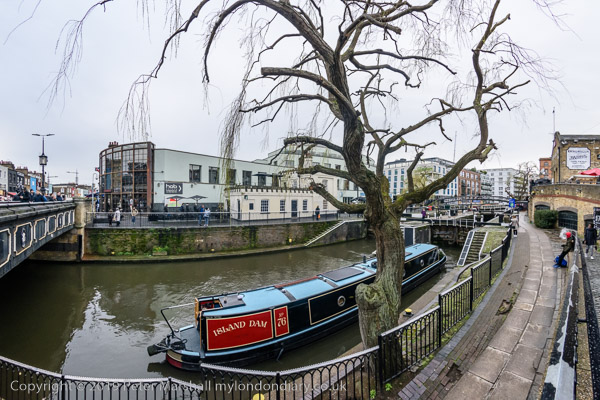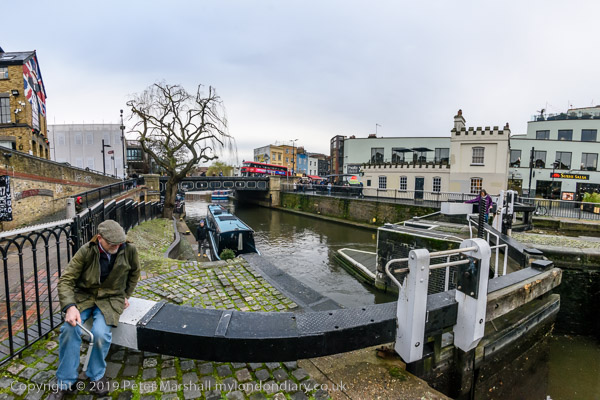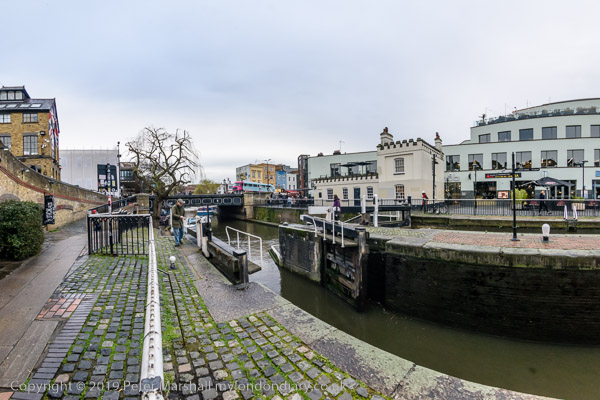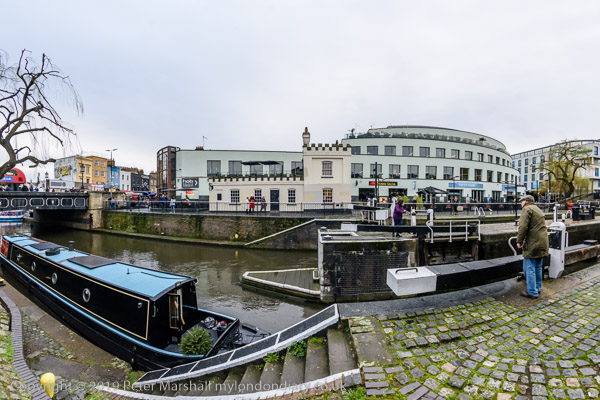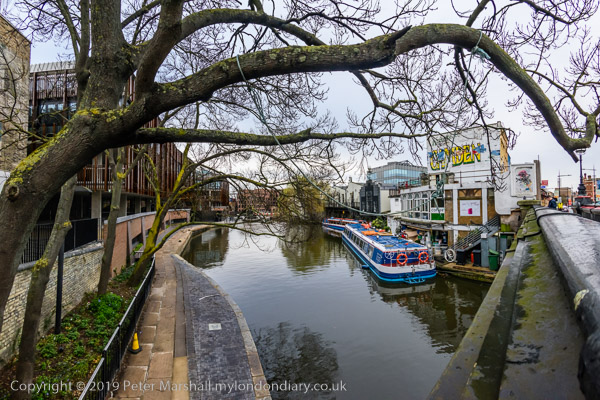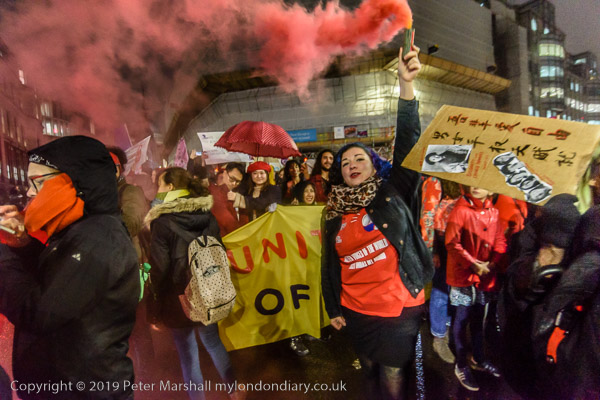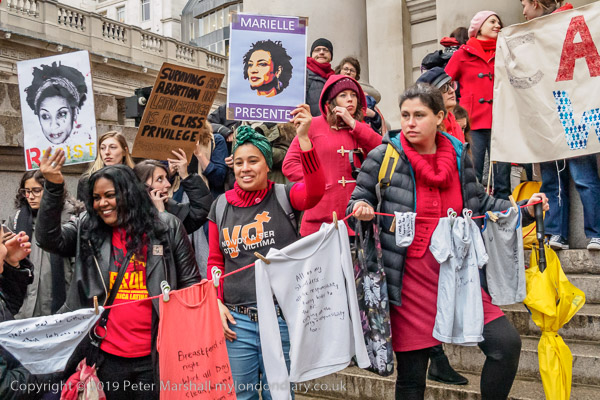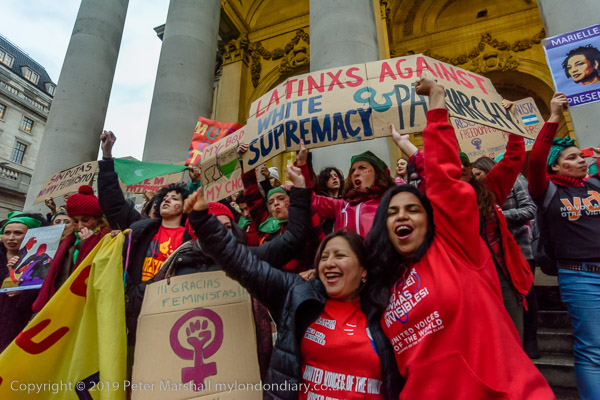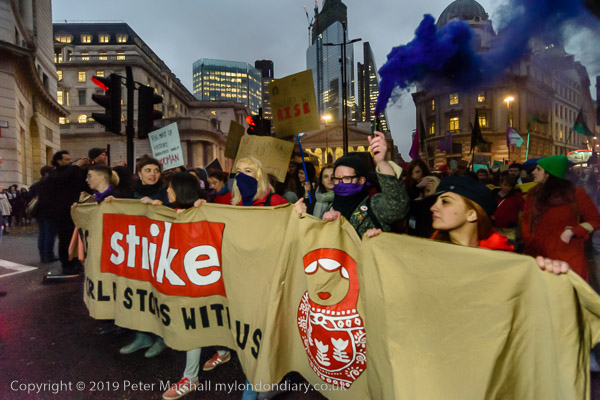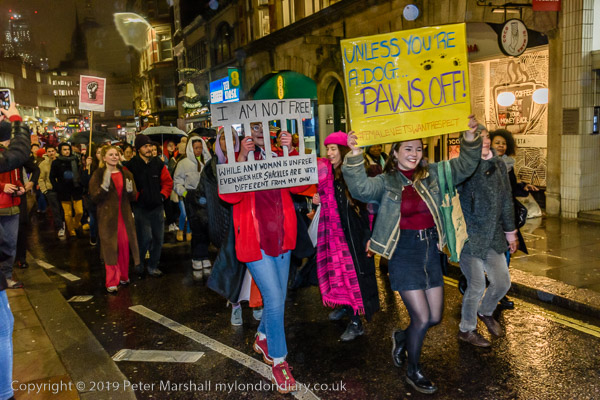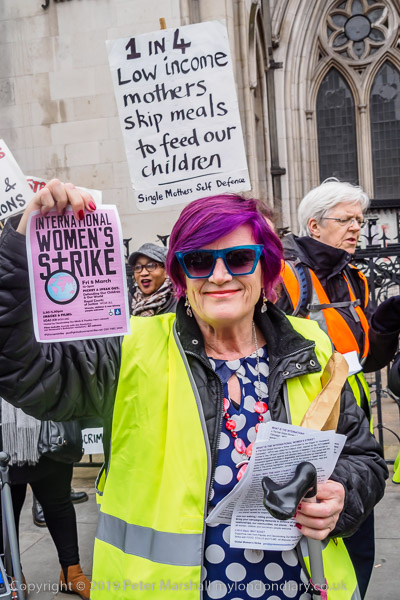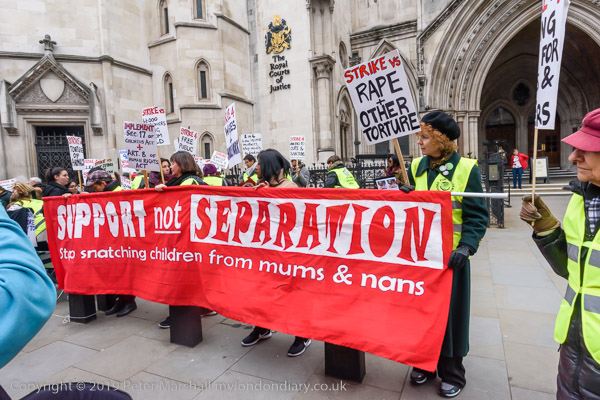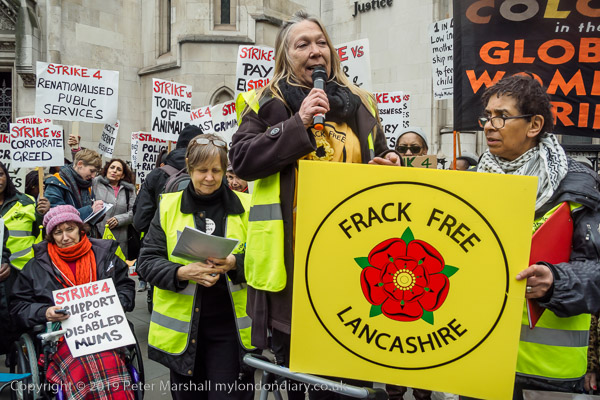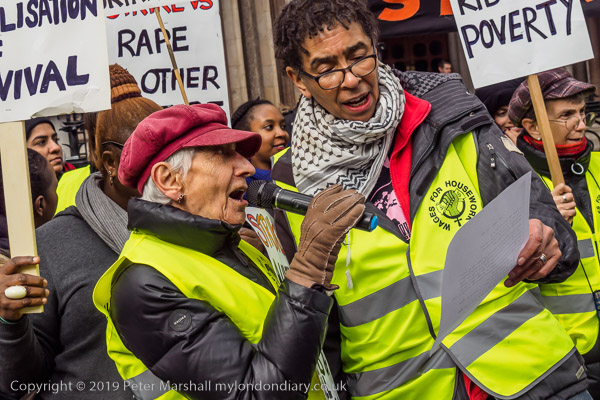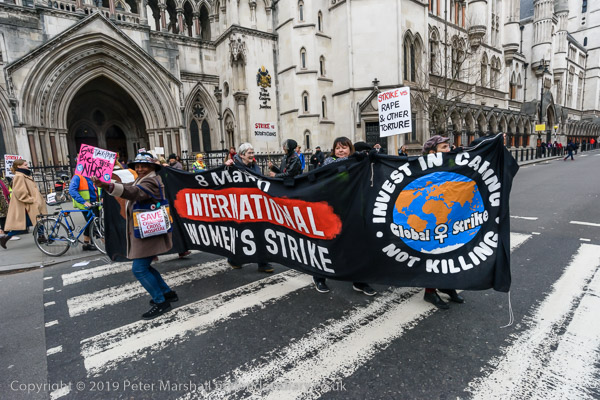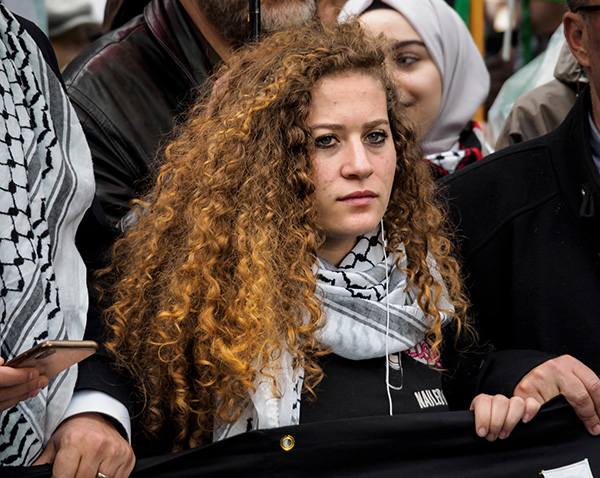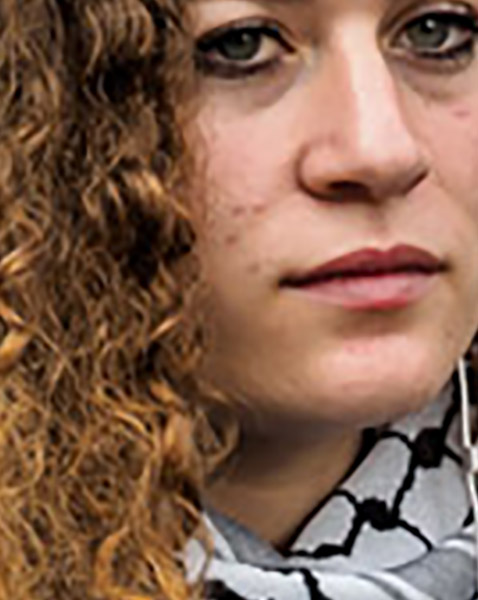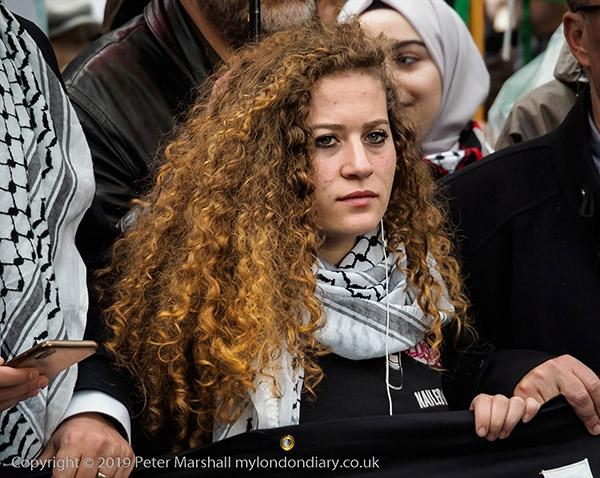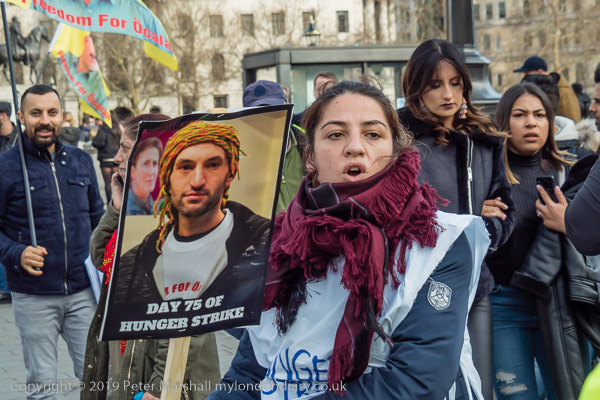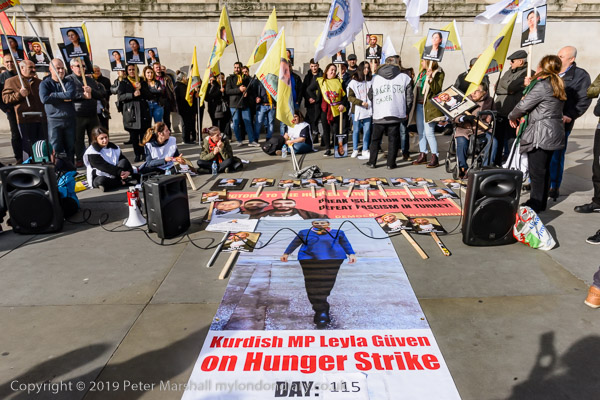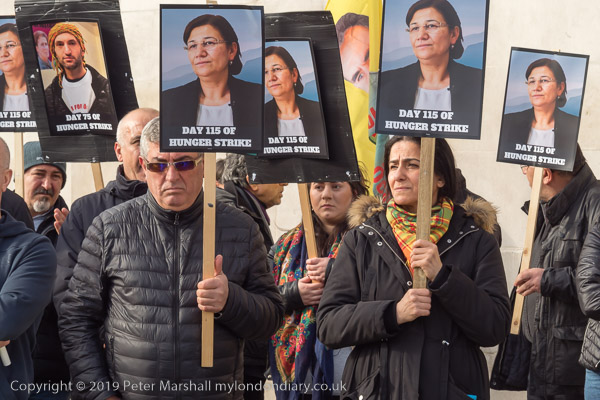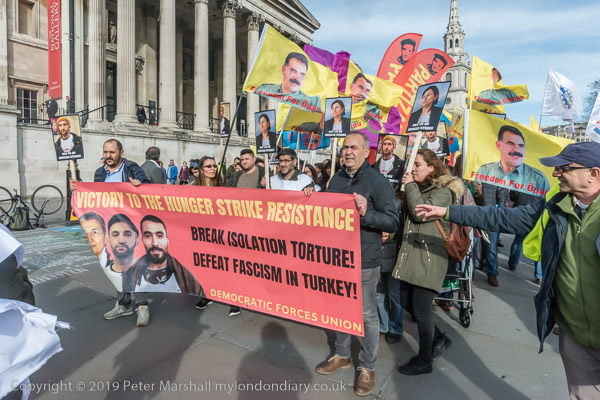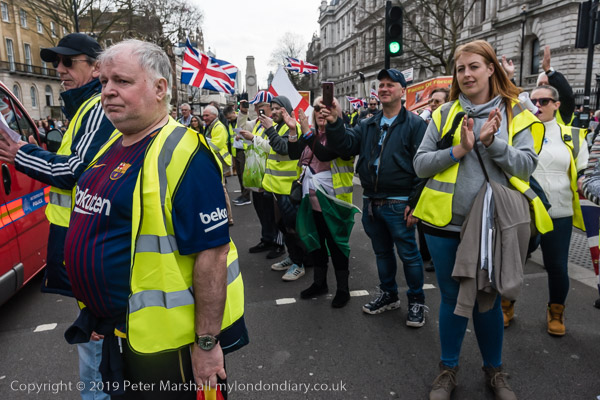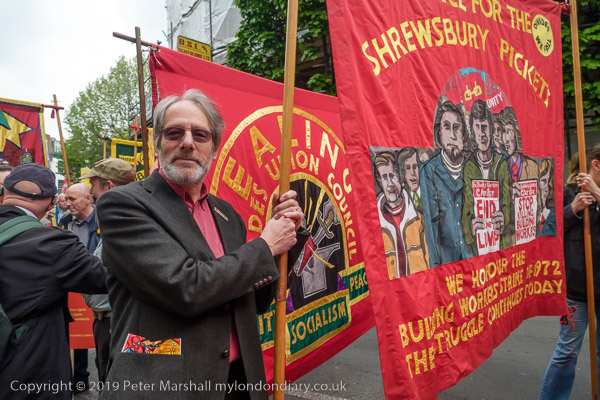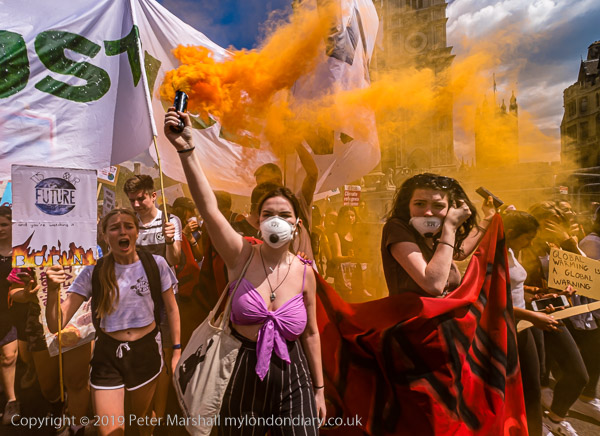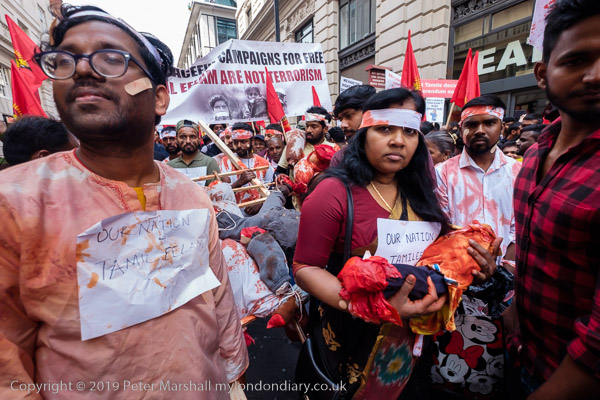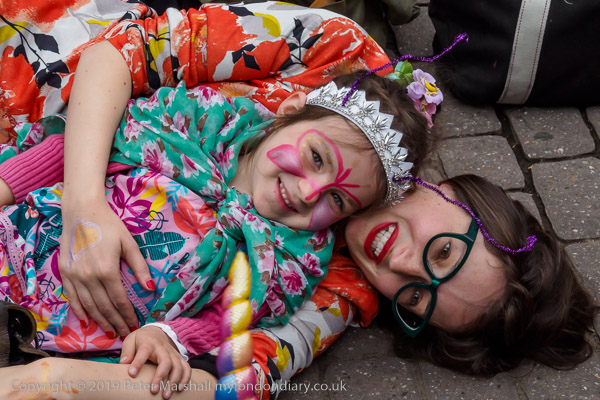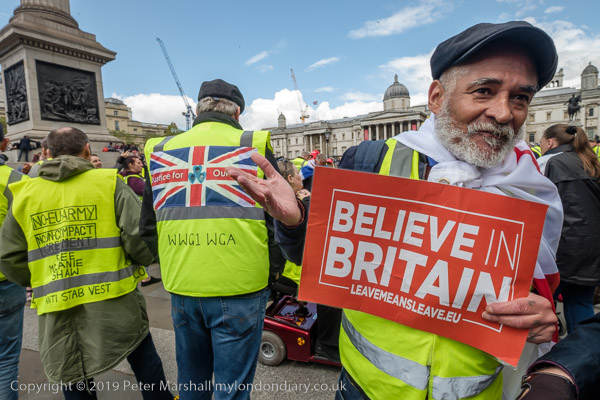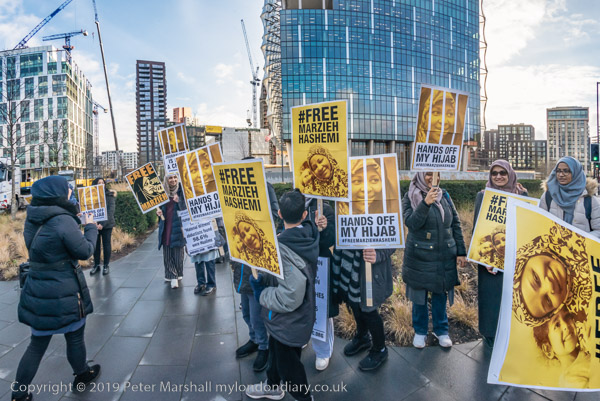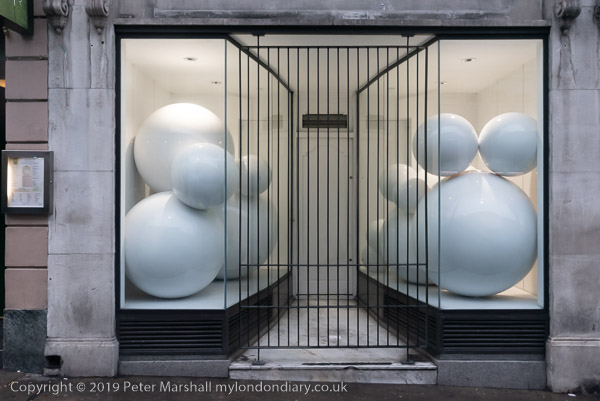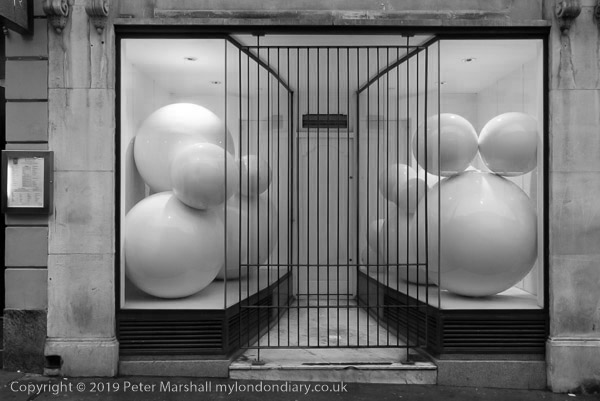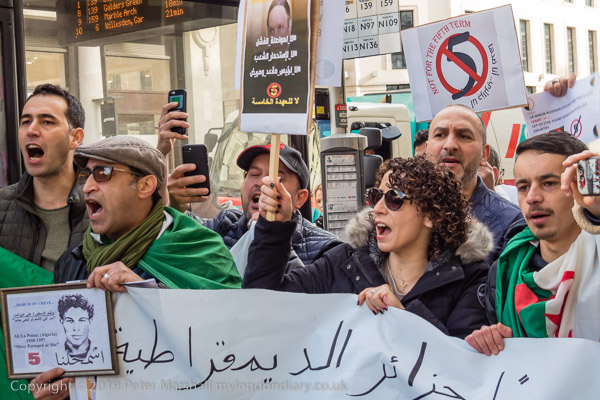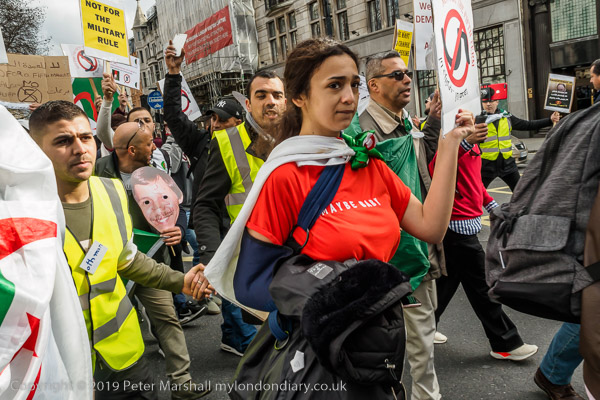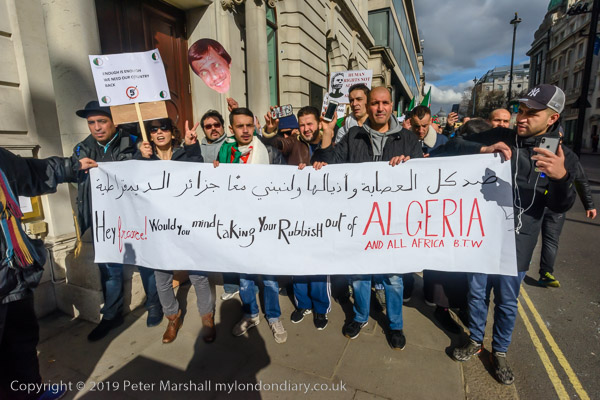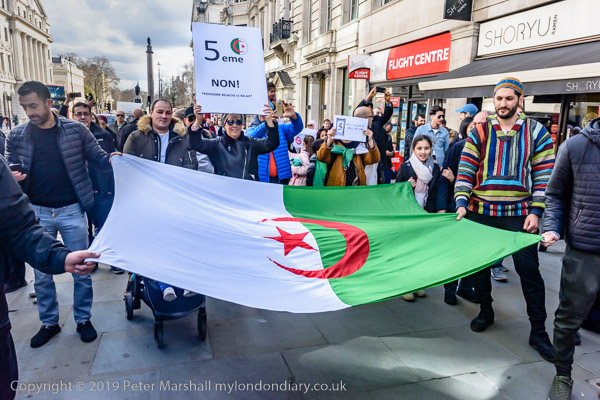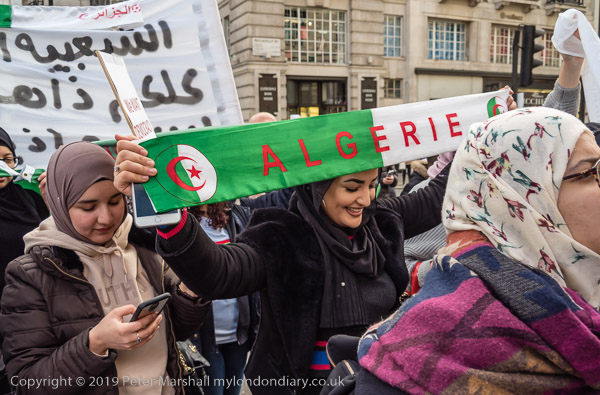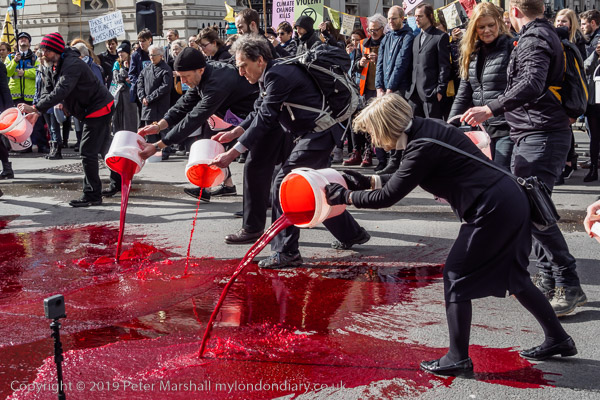
Extinction Rebellion had hoped that police would make arrests when they poured fake blood onto Whitehall, but the police just watched (and doubtless videod and photographed) the event. It was after all doing no real damage and the next shower of rain would wash the street clean if it had not already been hosed down.
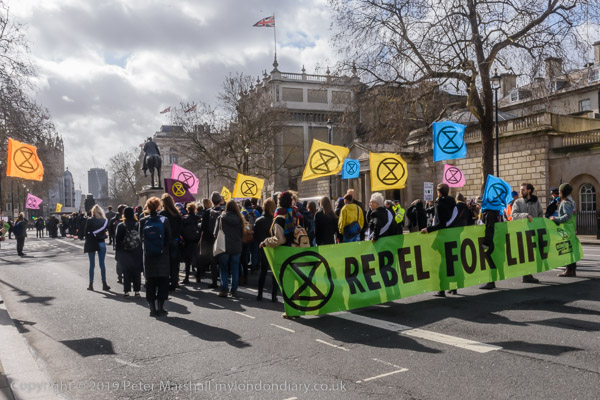
It did seem a remarkably sensible approach by the police, though one that will have infuriated some of our politicians, with many on the right feeling the police are being too soft on protesters. But we enjoy a right to protest and it is something that the police often tell us they protect and facilitate, though sometimes I rather feel with a codicil “so long as you do it in a way that nobody much notices” with protest areas being designated at some distance from where protesters want to protest.
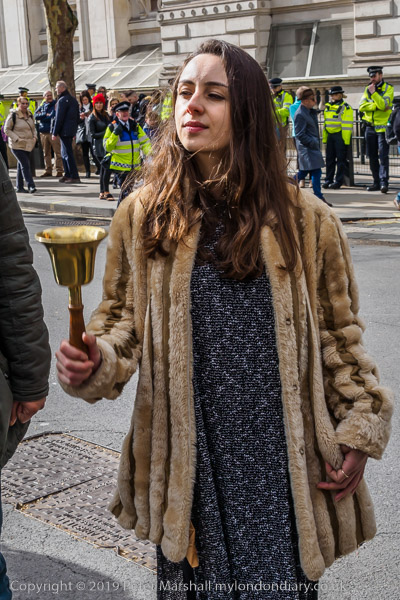
Many events in London disrupt traffic, including the many wreath-laying ceremonies just a few yards down Whitehall, as well as major events such as the Trooping of the Colour and the State Opening of Parliament, Royal weddings and the like. Many sporting events also have a major impact, with the London Marathon virtually shutting down the city for a day.
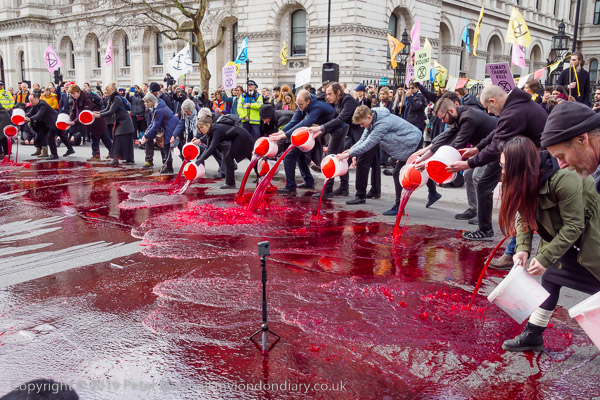
I’ve long thought and suggested that much of central London be pedestrianised and that all through routes should be removed. There have been a few minor improvements to areas such as Trafalgar Square, where traffic no longer flows beside the National Gallery, but I think the city could be much improved by more dramatic restrictions on traffic.
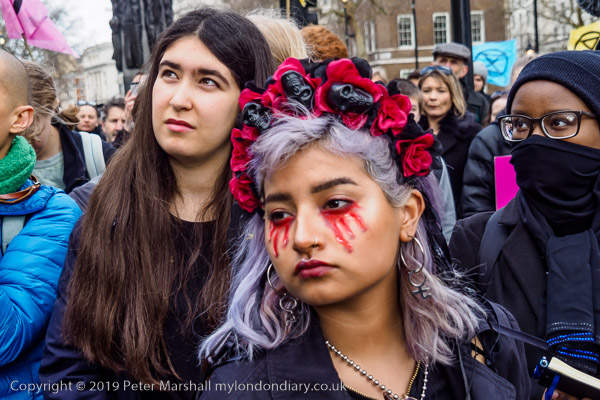
Whitehall could be restricted to emergency vehicles, pedestrians, buses and bikes, along with Westminster Bridge and an end put to though traffic in Parliament Square, which could then benefit from some much-neede landscaping – which could also provide adequiate security without t he current ugly tank traps.
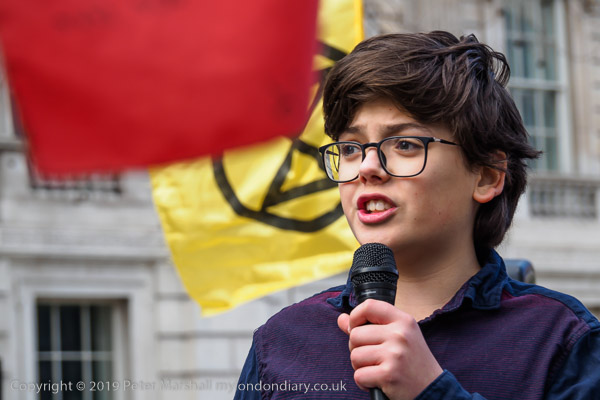
Visually I found the pouring of blood just a little disappointing, one of those ideas that sounds good on paper but didn’t quite deliver in practice, at least for still photographers. It was perhaps too spread out and we were kept too far away and as always there were too many people taking photographs and finding various sometimes ingenious ways to get in the way. I’ve not seen any really interesting still pictures from it, though it looks better on some videos.
It was perhaps an event designed with video in mind, and I’ve sometimes thought I should go back to my roots and work (I did my first serious visual work as a student behind TV cameras, video cameras and a tiny bit of film) with video rather than persist with still photography. But I find making still images much more interesting and challenging.
More about the protest: Blood of Our Children – XR
There are no adverts on this site and it receives no sponsorship, and I like to keep it that way. But it does take a considerable amount of my time and thought, and if you enjoy reading it, please share on social media.
And small donations via Paypal – perhaps the cost of a beer – would be appreciated.
All photographs on this and my other sites, unless otherwise stated, are taken by and copyright of Peter Marshall, and are available for reproduction or can be bought as prints.
To order prints or reproduce images
